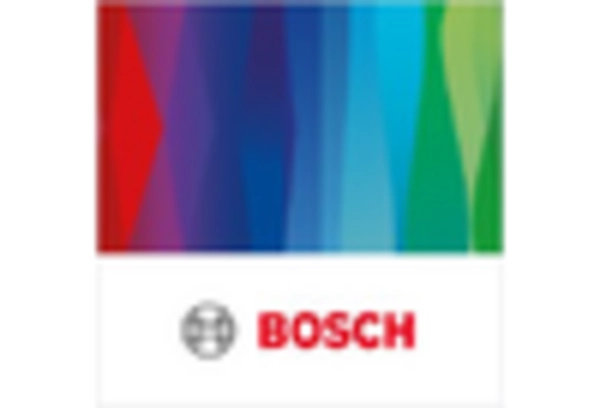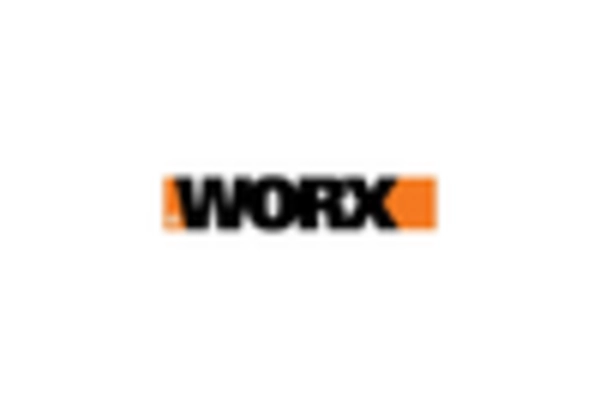In February 6, 2025: Husqvarna Group, a global leader in robotic lawn mowers, announced the launch of 13 new boundary wire-free robotic lawn mower models for the 2025 season, further expanding its innovative product portfolio.
The Robotic Lawn Mower Market has been experiencing significant growth, driven by advancements in technology and increasing consumer demand for automated solutions in lawn maintenance. As more homeowners and commercial establishments seek convenient and efficient ways to manage their landscaping with an automatic lawn mower, the market has become increasingly competitive.
Key players are continuously innovating their product offerings, focusing on enhanced functionality such as improved navigation, better battery life, and AI integration to cater to evolving consumer preferences.
This competitive landscape includes both established brands and emerging players, each vying for market share through unique selling propositions and marketing strategies that effectively target varying customer segments.
As the trend towards smart homes and eco-friendly products escalates, players in the robotic lawn mower market are leveraging automation and sustainable practices, further intensifying competition.
McCulloch has established itself as a strong contender in the Robotic Lawn Mower Market, recognized for its focus on quality and user-friendly designs. The brand's presence is backed by a reputation for durable and reliable products, appealing to a diverse range of consumers.
With a commitment to innovation, McCulloch has been successful in integrating advanced mowing technology that allows for precise and efficient lawn care, enhancing its appeal in competitive environments.
The company's strengths lie in its ability to deliver superior performance, coupled with strong customer service and support, ensuring customer satisfaction and loyalty. This, combined with effective marketing strategies, has solidified McCulloch's position in the market, allowing it to maintain a competitive edge against both established names and new entrants.
TroyBilt has made a notable impact in the Robotic Lawn Mower Market, characterized by its diverse product offerings and strategic focus on enhancing customer experiences. Known for providing a range of lawn care solutions, TroyBilt has effectively positioned itself to cater to varying consumer needs and preferences.
Its strengths include a commitment to innovation, with a focus on efficiency and ease of use in its robotic mower designs. The company has successfully leveraged partnerships and collaborations, strengthening its market presence through strategic mergers and acquisitions that expand its product range and distribution channels.
By focusing on high-quality engineering and promoting key products that resonate with eco-conscious consumers, TroyBilt has been able to carve out a significant niche within the global landscape, supporting its growth in an ever-evolving marketplace.


















Leave a Comment